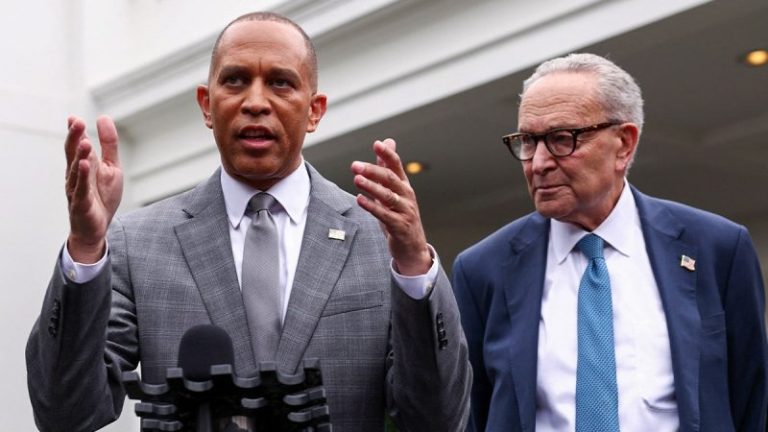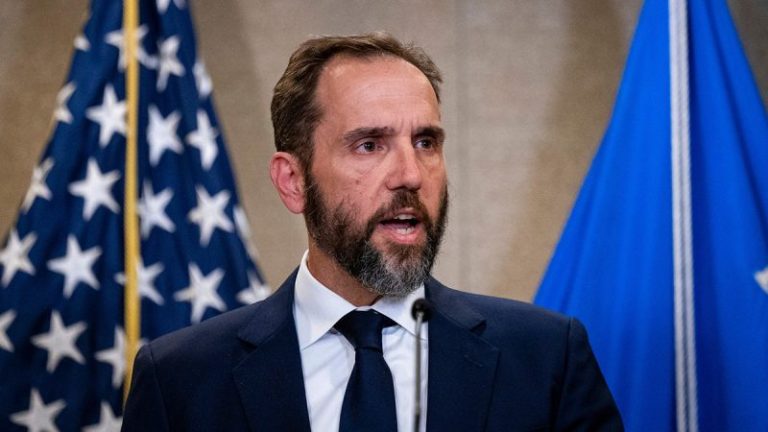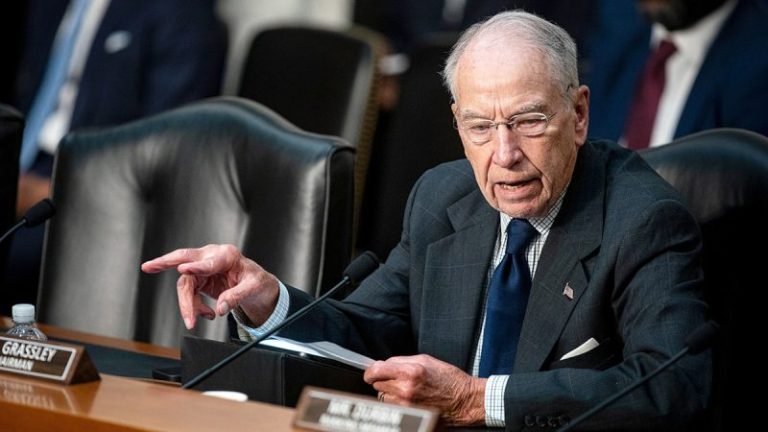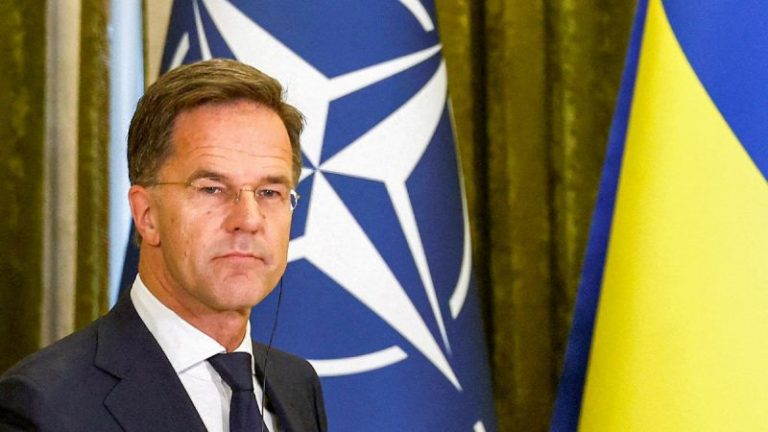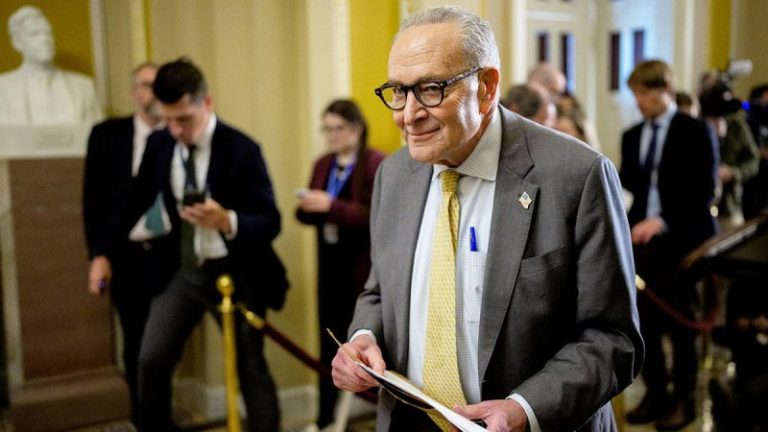Millions of Americans who rely on federal food benefits could be among the next casualties of the ongoing government shutdown.
Approximately 42 million people in the U.S. who use the Supplemental Nutrition Assistance Program (SNAP) are in danger of not receiving aid come Nov. 1, when the program’s funds are expected to run dry, the U.S. Department of Agriculture (USDA) warned state agencies in a memo obtained by Fox News Digital on Thursday.
More than two dozen states have alerted residents to possible lapses in funding. Virginia Gov. Glenn Youngkin declared a state of emergency over SNAP benefits on Thursday.
‘It requires about $8 billion each month to fund SNAP benefits nationwide. When there’s no funding it impacts not just pockets of people, but it’s going to impact people all around the country,’ said Rev. Eugene Cho, president and CEO of Bread for the World, a nonprofit hunger advocacy group that works with local partners to educate recipients about access to food.
Cho explained to Fox News Digital that some states will feel the drying up government funding more than others.
‘Yes, funding comes from the federal government, but the administration of it happens through local states,’ he said. ‘And so, when it comes to SNAP, states are on a little bit of a different rhythm in terms of how they’re conveying the reduction or the elimination of SNAP benefits. It is playing out a little bit differently from state to state.’
The longer the shutdown goes on, the less funding also becomes available for the Women, Infants and Children (WIC) nutrition program, which helps nearly 7 million vulnerable pregnant women and children under age 5.
It could pose a political headache for Democrats who have resisted agreeing to Republicans’ federal funding plan for over a month, demanding significant concessions on healthcare in exchange for their support.
‘We are approaching an inflection point for Senate Democrats. Continue to hold out for healthcare for illegals or reopen the government so mothers, babies, and the most vulnerable among us can receive timely WIC and SNAP allotments,’ a USDA spokesperson told Fox News Digital.
The House passed a seven-week extension of FY2025 funding largely along partisan lines on Sept. 19. The measure, a continuing resolution (CR), is aimed at giving lawmakers more time to strike a longer-term deal for FY2026.
But in the Senate, where several more Democrats are needed to break a filibuster than have been voting for it, progress has stalled, with the legislation having failed 12 times already.
Democrats are demanding that any spending plan be paired with an extension of enhanced Obamacare subsidies that are set to expire at the end of 2025.
They have also called for Republicans to repeal the Medicaid cuts made in their One Big, Beautiful Bill Act (OBBBA) earlier this year.
‘Millions of American families are about to lose access to food assistance because Democrats are openly admitting to being afraid of their far-left base and refuse to reopen the government,’ House Agriculture Committee Chair Glenn Thompson, R-Pa., told Fox News Digital.
Thompson’s panel has jurisdiction over SNAP in the House.
‘We need to reopen the government, so we can put Americans first by making sure families can put food on the table and our farmers are supported,’ he said.
Democrats could also be faced with the political quagmire of having previously railed against Republicans moving to expand SNAP work requirements in the OBBBA, to now be blamed by the right for federal food benefits drying up.
The Trump administration does have some power to move existing funding around to help cover shortages during the shutdown. The White House moved research and development funding at the Pentagon to cover active duty military paychecks on Oct. 15 and reallocated some $300 million from tariff revenues for WIC earlier this month.
But any such fix would be temporary, as the two aforementioned adjustments have been.
When reached for comment about the administration’s SNAP warning, the top Democrat on the House Agriculture Committee told Fox News Digital that USDA needed to tap into the government’s emergency SNAP reserves.
‘It’s time the administration do right by seniors, children and veterans and utilize the SNAP contingency fund to ensure benefits can be provided for November,’ ranking member Rep. Angie Craig, D-Minn., said.
The SNAP contingency fund currently has some $5 billion — not enough for an entire month’s worth of service.
House Minority Leader Hakeem Jeffries, D-N.Y., told reporters Thursday that he believed the White House would tap into that funding, however.
‘As has been the case in prior government shutdowns, the money can be found by the administration if they chose to do so. In fact, there’s about $5 billion available in a contingency fund for emergency circumstances just like this,’ Jeffries said. ‘But the administration refuses to agree to use it. Why? Because they want to starve the American people as part of their continuing effort to visit cruelty on everyday Americans.’

